Gustavo Blanco
A superpixel-driven deep learning approach for the analysis of dermatological wounds
Sep 20, 2019
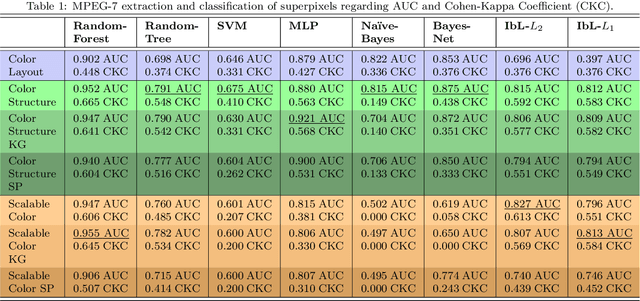
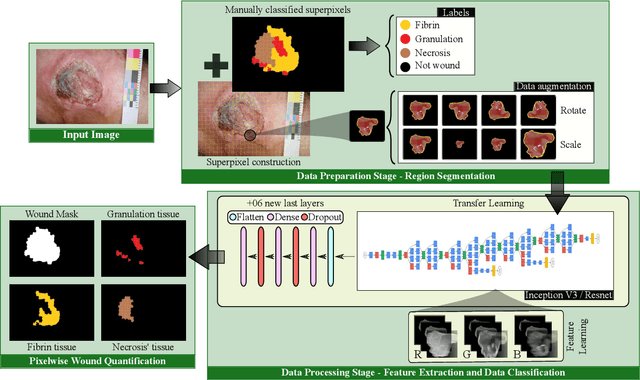
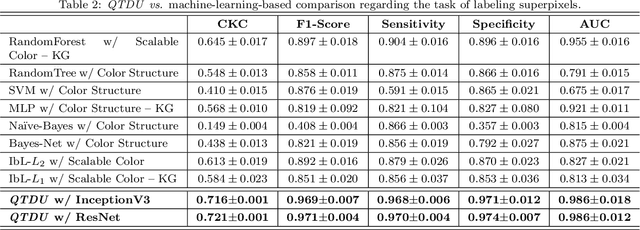
Abstract:Background. The image-based identification of distinct tissues within dermatological wounds enhances patients' care since it requires no intrusive evaluations. This manuscript presents an approach, we named QTDU, that combines deep learning models with superpixel-driven segmentation methods for assessing the quality of tissues from dermatological ulcers. Method. QTDU consists of a three-stage pipeline for the obtaining of ulcer segmentation, tissues' labeling, and wounded area quantification. We set up our approach by using a real and annotated set of dermatological ulcers for training several deep learning models to the identification of ulcered superpixels. Results. Empirical evaluations on 179,572 superpixels divided into four classes showed QTDU accurately spot wounded tissues (AUC = 0.986, sensitivity = 0.97, and specificity = 0.974) and outperformed machine-learning approaches in up to 8.2% regarding F1-Score through fine-tuning of a ResNet-based model. Last, but not least, experimental evaluations also showed QTDU correctly quantified wounded tissue areas within a 0.089 Mean Absolute Error ratio. Conclusions. Results indicate QTDU effectiveness for both tissue segmentation and wounded area quantification tasks. When compared to existing machine-learning approaches, the combination of superpixels and deep learning models outperformed the competitors within strong significant levels.
Techniques for effective and efficient fire detection from social media images
Jul 04, 2015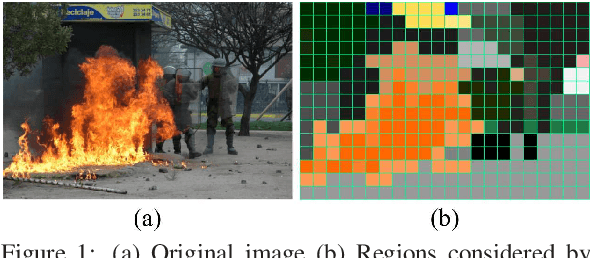
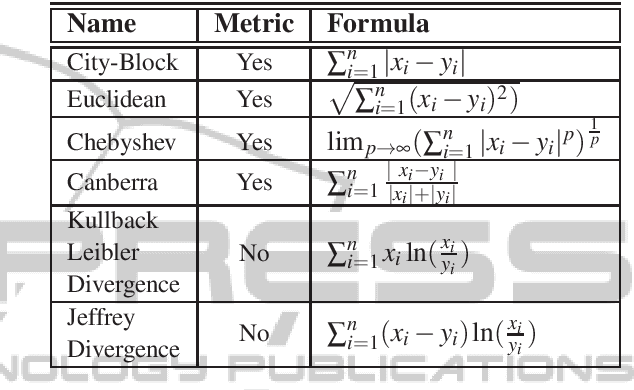
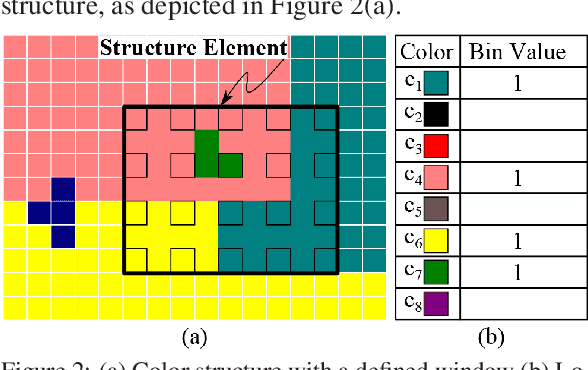
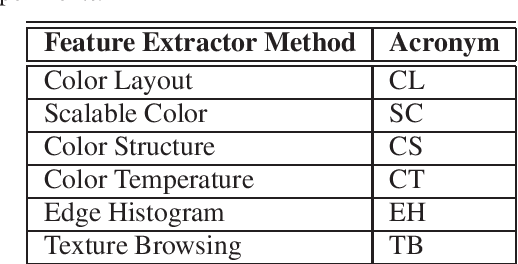
Abstract:Social media could provide valuable information to support decision making in crisis management, such as in accidents, explosions and fires. However, much of the data from social media are images, which are uploaded in a rate that makes it impossible for human beings to analyze them. Despite the many works on image analysis, there are no fire detection studies on social media. To fill this gap, we propose the use and evaluation of a broad set of content-based image retrieval and classification techniques for fire detection. Our main contributions are: (i) the development of the Fast-Fire Detection method (FFDnR), which combines feature extractor and evaluation functions to support instance-based learning, (ii) the construction of an annotated set of images with ground-truth depicting fire occurrences -- the FlickrFire dataset, and (iii) the evaluation of 36 efficient image descriptors for fire detection. Using real data from Flickr, our results showed that FFDnR was able to achieve a precision for fire detection comparable to that of human annotators. Therefore, our work shall provide a solid basis for further developments on monitoring images from social media.
* 12 pages, Proceedings of the International Conference on Enterprise Information Systems. Specifically: Marcos Bedo, Gustavo Blanco, Willian Oliveira, Mirela Cazzolato, Alceu Costa, Jose Rodrigues, Agma Traina, Caetano Traina, 2015, Techniques for effective and efficient fire detection from social media images, ICEIS, 34-45
 Add to Chrome
Add to Chrome Add to Firefox
Add to Firefox Add to Edge
Add to Edge